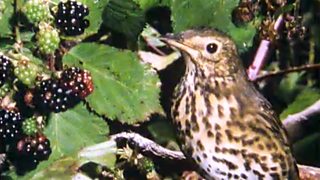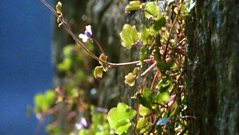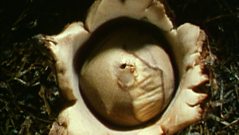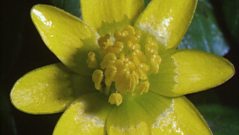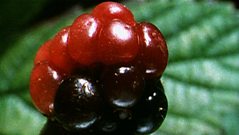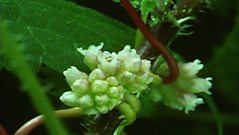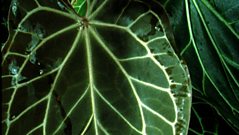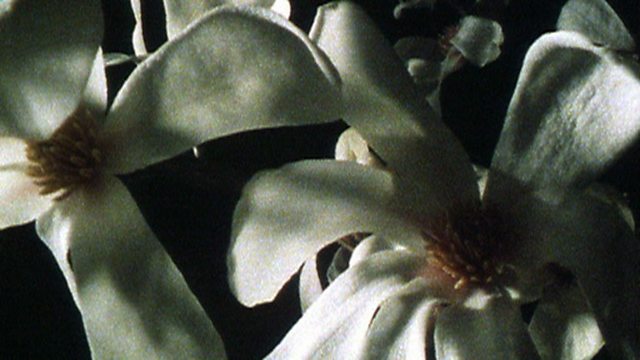
Time traveller
David Attenborough is visiting the Asada archaeological site. It is a Japanese bronze-age village, where the buildings are on stilts and have been reconstructed exactly as they were back then. The people who lived here were among the first people to work with metal and were also among the first people in Japan to learn how to plant and reap rice. They stored their harvest in small pits in the ground and in one of those pits scientists found a magnolia seed which - when they planted it - grew. At first it looked like Magnolia Kobus, a wild species that still grows in Japanese woods. But when it was 10 years old it flowered and revealed flowers with different numbers of petals on them. Is this because the seed was so old? Or is this what Magnolia Kobus used to look like 2,000 years ago? Or is this an ancient species that no longer exists? The questions have not yet been answered, but this ancient seed shows that plants are incomparable time travellers.
Duration:
This clip is from
Featured in...
![]()
大象传媒 Nature
Be captivated, informed and inspired by the world's wildlife.
![]()
Playing with Time
A collection of clips showing the best in timelapse nature films.
More clips from Travelling
-
![]()
Planting flowers
Duration: 01:05
-
![]()
Super stars
Duration: 01:23
-
![]()
Plant growth
Duration: 01:36
-
![]()
Berry delicious
Duration: 01:25
More clips from The Private Life of Plants
-
![]()
Vampire plant
Duration: 03:39
-
![]()
Planting flowers—Travelling
Duration: 01:05
-
![]()
Super stars—Travelling
Duration: 01:23
-
![]()
Photosynthesis at work—Growing
Duration: 03:04
